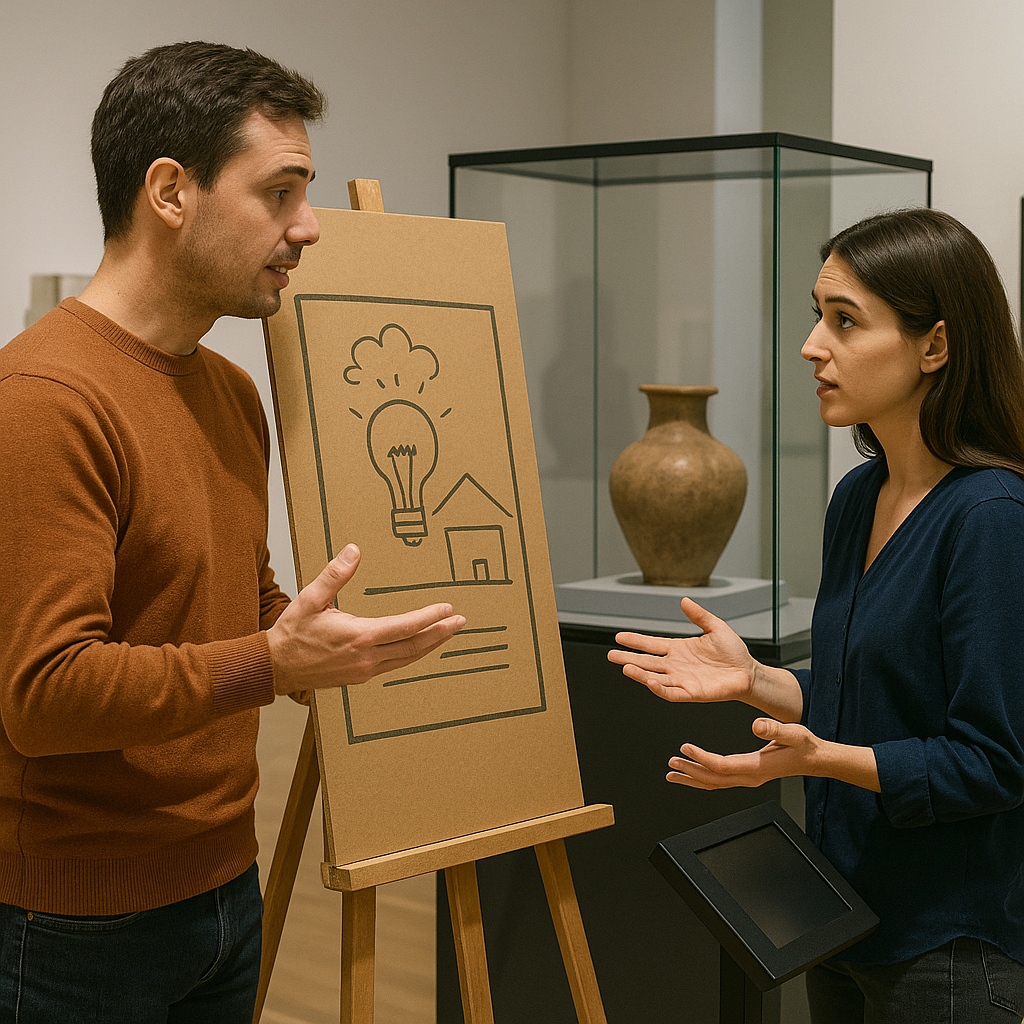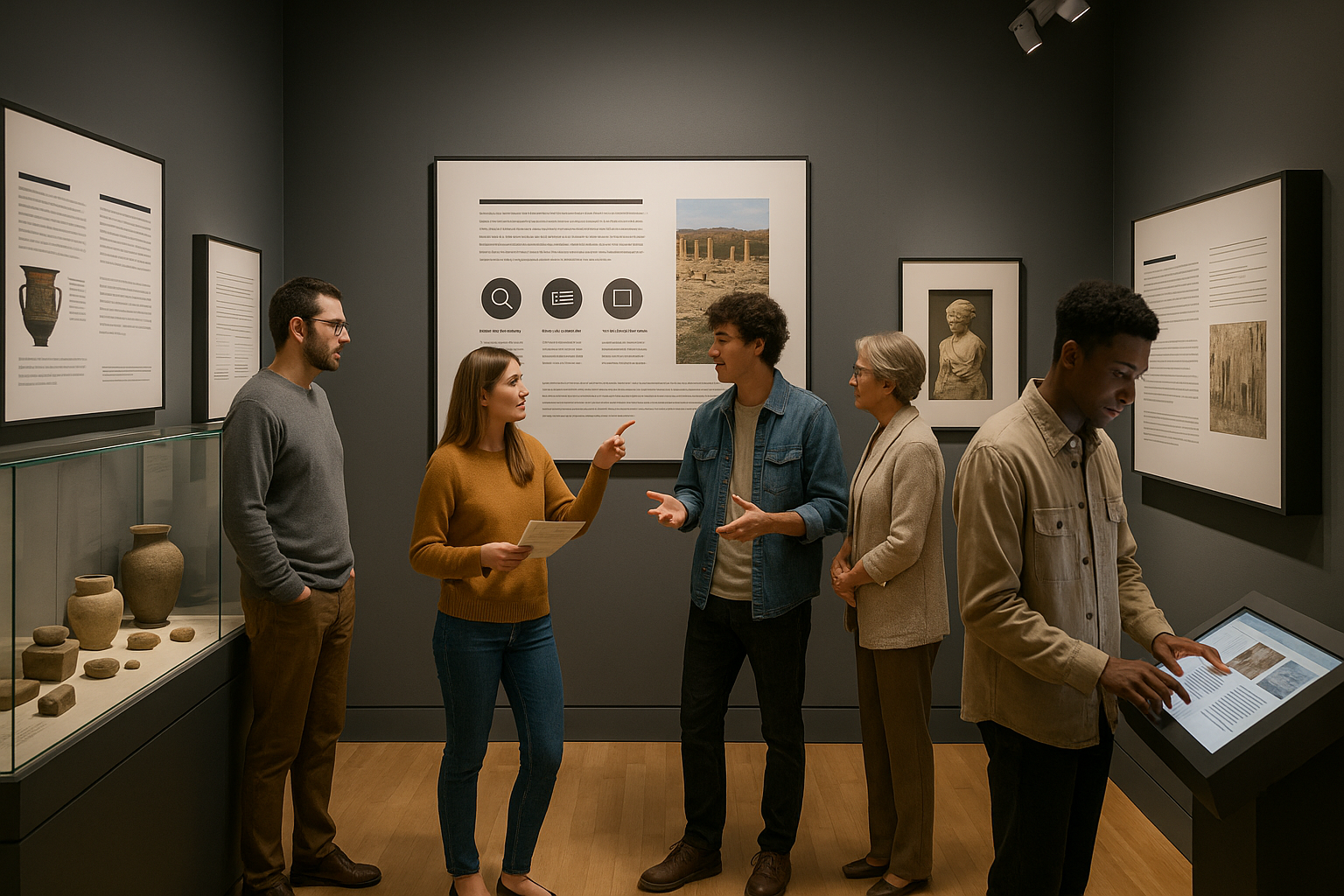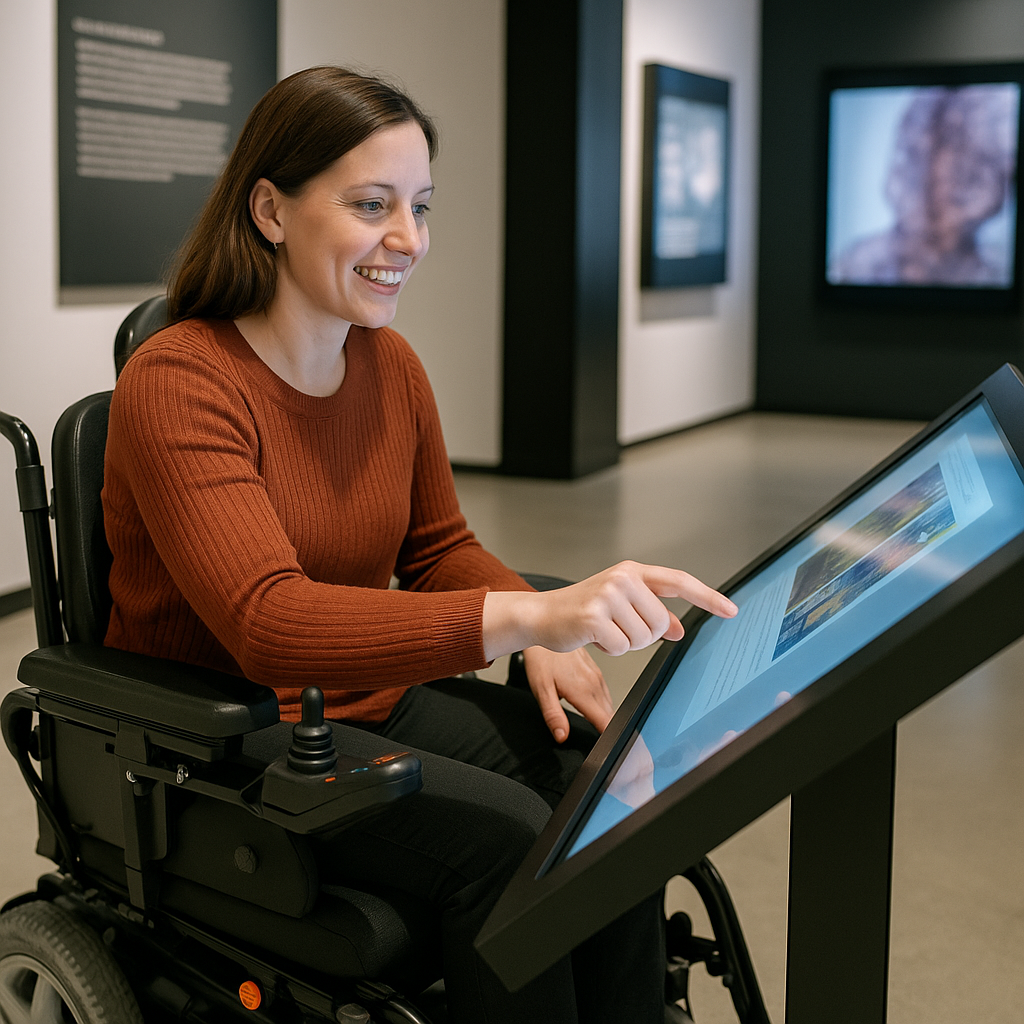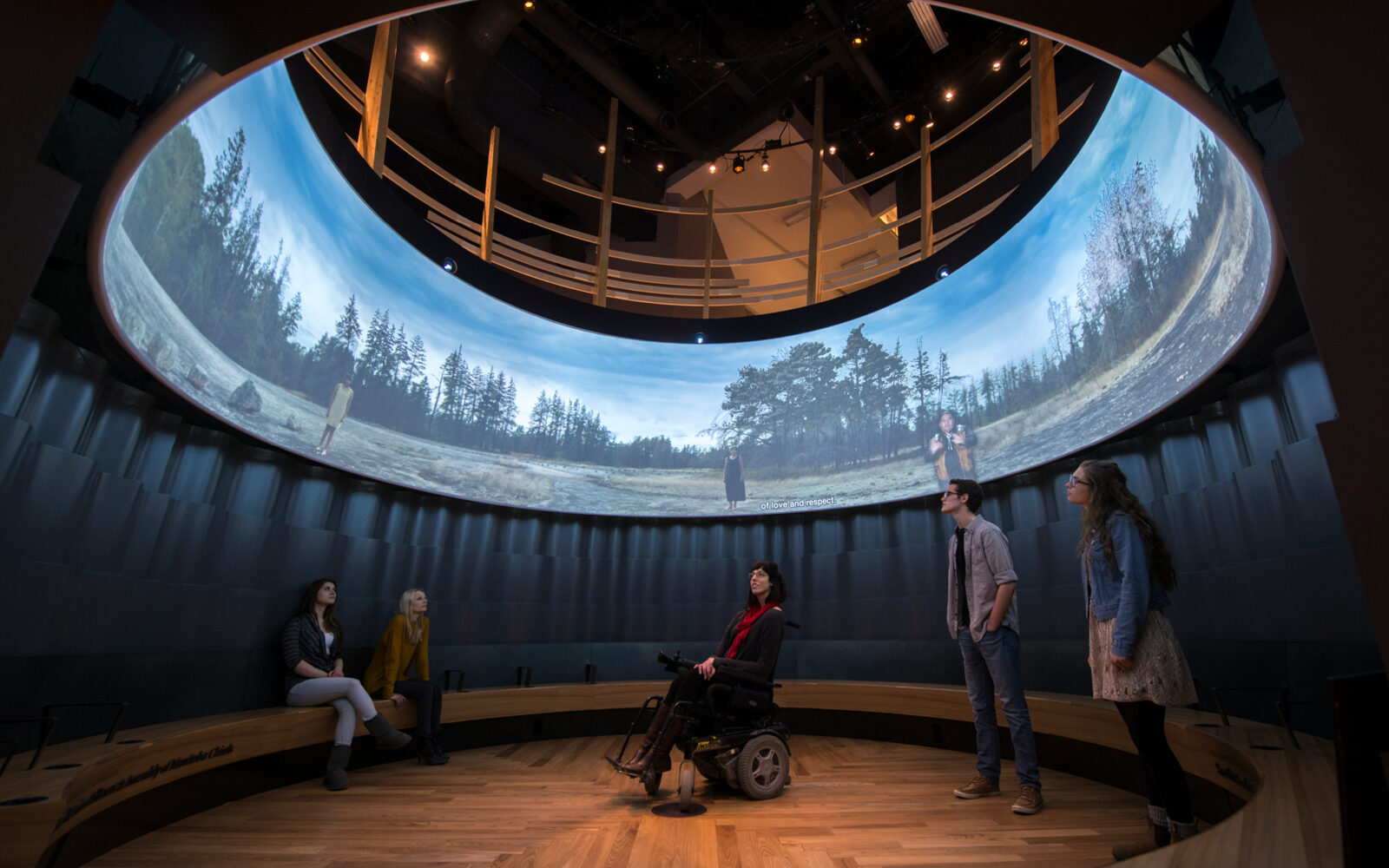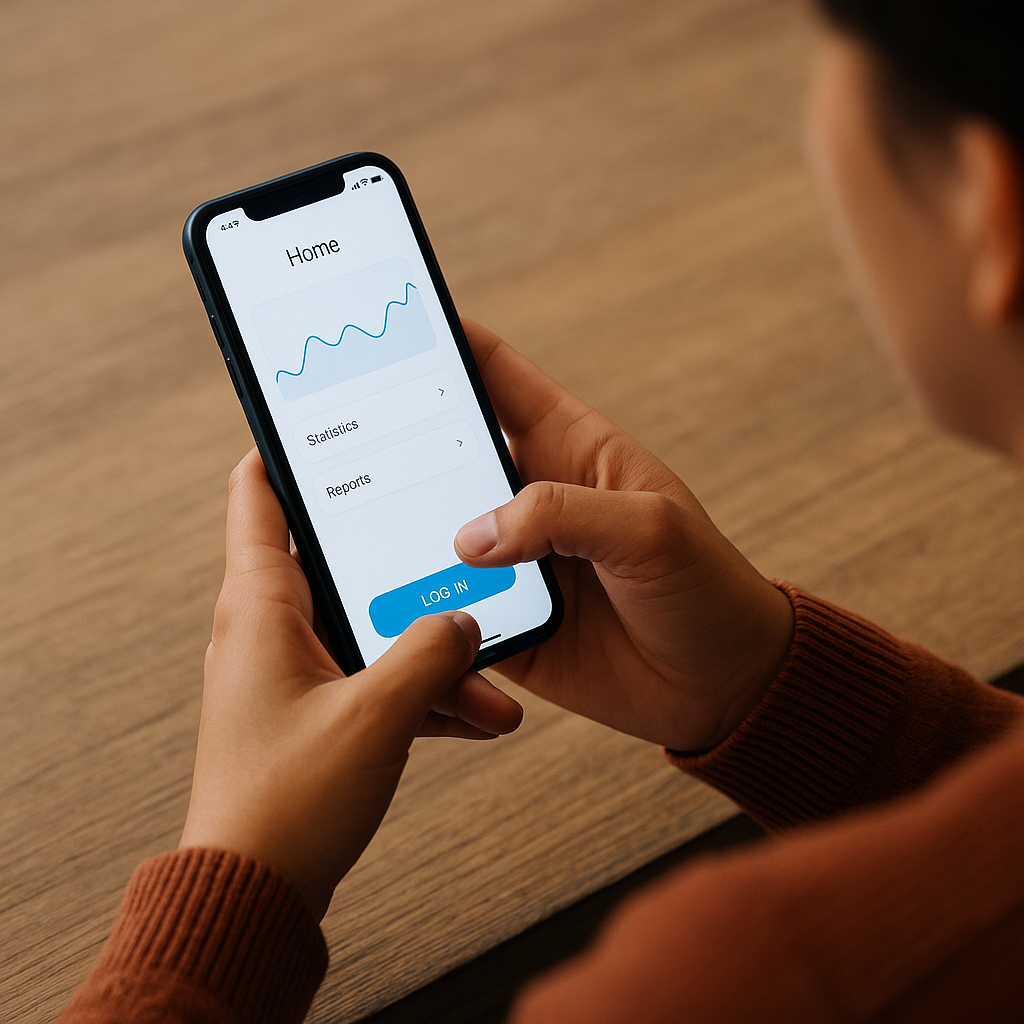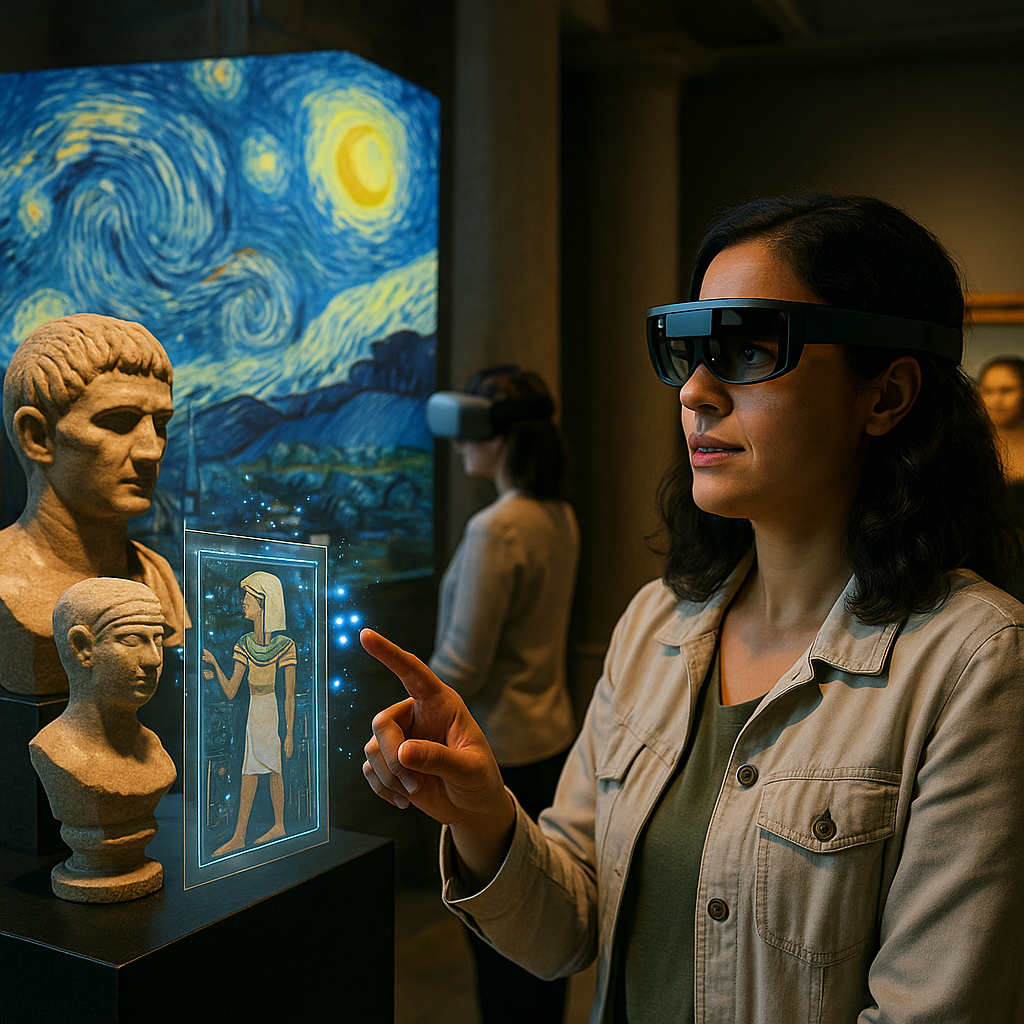The Journey of Prototyping and Bringing Ideas to Life
Prototyping for museums. Every meaningful exhibit, digital experience, or interpretive tool begins with a spark of imagination. But turning that initial idea into a fully realized museum experience takes more than creativity—it takes strategy, iteration, and hands-on testing. That’s where prototyping comes in.
From Abstract to Tangible
Prototyping transforms abstract ideas into something real—something you can see, touch, interact with, and most importantly, test. For museums, this might mean a cardboard model of a kiosk, a clickable wireframe of a digital timeline, or even a simple animation to show how projection mapping could enhance an artifact.
Take for example The Canadian Museum for Human Rights—before launching their award-winning digital exhibits, they tested multiple interactive prototypes with diverse audiences to ensure accessibility, usability, and emotional resonance. Without prototyping, critical flaws in flow, engagement, and accessibility might have gone unnoticed until it was too late.
Iterative Design – Refining Towards Perfection
A prototype isn’t a finished product—it’s a tool for learning. Each version teaches you something new. Maybe a touchscreen is too high for children. Maybe audio narration drowns out other parts of the gallery. Maybe visitors don’t understand the intended interaction.
Through iterative prototyping, museums can refine these elements. At the Museum of Vancouver, a prototype of a mobile walking tour app helped the team discover that users needed clearer audio prompts and GPS feedback—insights that would’ve been costly to discover post-launch.
Risk Reduction
Budgets are tight and timelines are sacred. Prototyping helps de-risk projects by revealing what doesn’t work early on. Whether you’re building a $10,000 interactive station or a $1 million immersive experience, catching errors before full development saves time, money, and credibility.
Consider a rural heritage centre exploring a new augmented reality layer for their exhibits. By creating a low-cost prototype using simple AR markers and iPads, they discovered that lighting conditions in their space interfered with AR tracking. A minor tweak to the environment—and a major save on development costs.
Prototyping in Practice
Here are a few practical prototyping methods museums can use:
- Paper Prototypes: Sketch interface layouts for digital interactives and test them with staff or visitors.
- Wizard of Oz Testing: Simulate a tech experience manually to observe visitor reactions before investing in software.
- Rapid Prototypes: Use tools like Figma, Adobe XD, or even PowerPoint to simulate app or kiosk interfaces.
- Mock-ups & Scale Models: Build cardboard or foamcore models of exhibit components to test layout and sightlines.
The journey from concept to completion is a process of discovery. Prototyping allows museums to involve their visitors early, iterate quickly, and create experiences that are not only functional, but memorable. It bridges the gap between vision and reality—ensuring your final product resonates with your audience and stands the test of time.
Whether you’re crafting a digital touchpoint or reimagining a physical space, don’t skip the prototype. It’s where imagination meets real-world success.
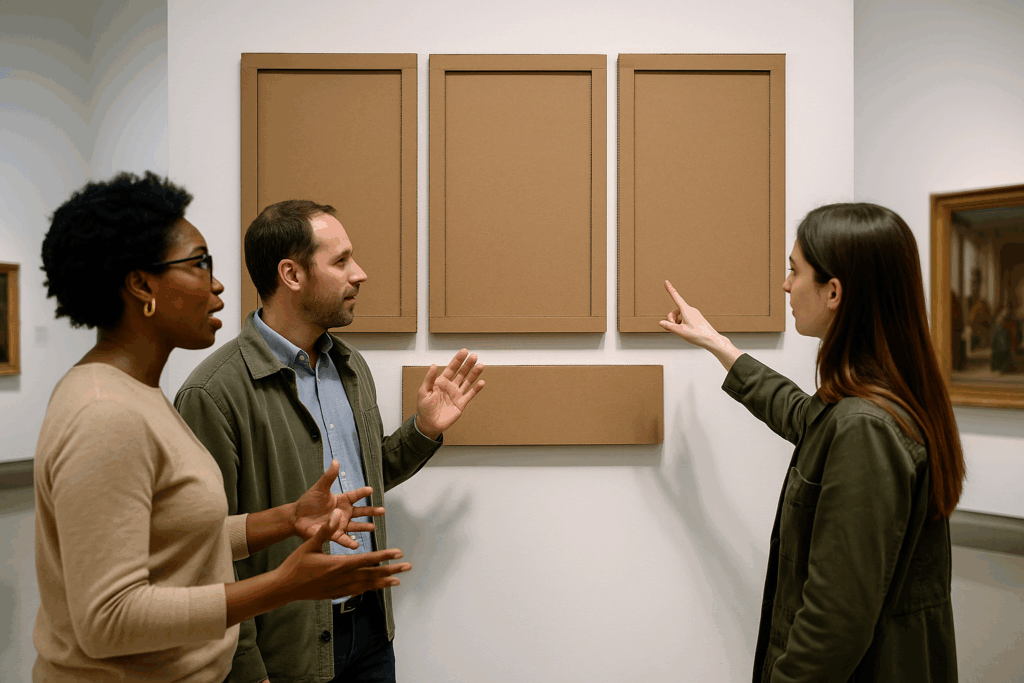
Q1: Why do museums prototype exhibits?
Prototyping helps museums test and refine ideas early, saving money and ensuring accessibility.
Q2: What are common prototyping methods?
Museums use paper sketches, mock-ups, rapid digital prototypes, and “Wizard of Oz” testing to gather feedback.
👉 “Turn your big idea into reality — let’s prototype your next exhibit or digital experience.”
